Navigation » List of Schools, Subjects, and Courses » Math 259 – Precalculus with Trigonometry » Exams » Exam 1
With Answers Good news! We are showing you only an excerpt of our suggested answer to this question. Should you need our help in customizing an answer to this question, feel free to send us an email at  or chat with our customer service representative.
or chat with our customer service representative.
Exam 1
Exam 1
1.

2.
3. Write the standard form of the equation and the general form of the equation of the circle with radius r and center (h,k). Then graph the circle.
The standard form of the equation of this circle is
The general form of the equation of this circle is
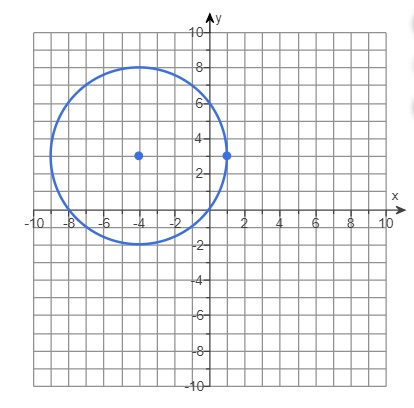
4.
5. Find the domain of the function.
6.
7. Determine whether the graph is that of a function by using the vertical-line test. If it is, use the graph to find:
(a) The domain and range
(b) The intercepts, if any
(c) Any symmetry with respect to the x-axis, the y-axis, or the origin
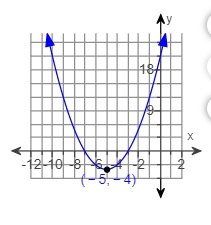
Is the graph that of a function?
(a) If the graph is that of a function, what are its domain and range? Select the correct choice below and, if necessary, fill in the answer box to complete your choice.
(b) If the graph is that of a function, what are its intercepts? Select the correct choice below and, if necessary, fill in the answer box to complete your choice.
(c) If the graph is that of a function, determine what kinds of symmetry it has. Select all that apply.
8. Using the given graph of the function f, find the following.
(a) the intercepts, if any
(b) its domain and range
(c) the intervals on which it is increasing, decreasing, or constant
(d) whether it is even, odd, or neither
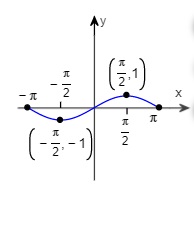
(a) What are the intercepts?
(b) The domain is
The range is
(c) On which interval(s) is the graph increasing? Select the correct choice below and fill in any answer boxes within your choice.
On which interval(s) is the graph decreasing? Select the correct choice below and fill in any answer boxes within your choice.
(d) The function is
9.
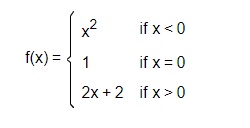
10. The function f is defined as follows.

(a) Find the domain of the function.
(b) Locate any intercepts.
(c) Graph the function.
(d) Based on the graph, find the range.
11
12. A linear function is given. Complete parts (a)-(d).

(a) Determine the slope and y-intercept of the function.
(b) Use the slope and y-intercept to graph the linear function.
Use the graphing tool to graph the function. Use the slope and y-intercept when drawing the line.
(c) Determine the average rate of change of the function.
(d) Determine whether the linear function is increasing, decreasing, or constant. Choose the correct answer below.
13. In parts (a) and (b), use the given figure.
(a) Solve the equation: f(x)= g(x).
(b) Solve the inequality f(x)> g(x).
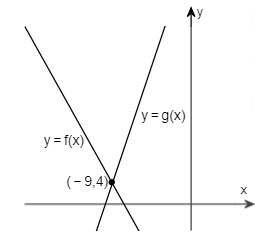
14. (a) Find the vertex and axis of symmetry of the quadratic function. (b) Determine whether the graph is concave up or concave down. (c) Graph the quadratic function.

15. For the quadratic function
, answer parts (a) through (c).
(a) Graph the quadratic function by determining whether its graph opens up or down and by finding its vertex, axis of symmetry, y-intercept, and x-intercepts, if any.
Does the graph of f open up or down?
What are the coordinates of the vertex?
What is the equation of the axis of symmetry?
What is/are the x-intercept(s)? Select the correct choice below and, if necessary, fill in the answer box to complete your choice.
What is the y-intercept? Select the correct choice below and, if necessary, fill in the answer box to complete your choice.
Use the graphing tool to graph the function.
(b) Determine the domain and the range of the function.

